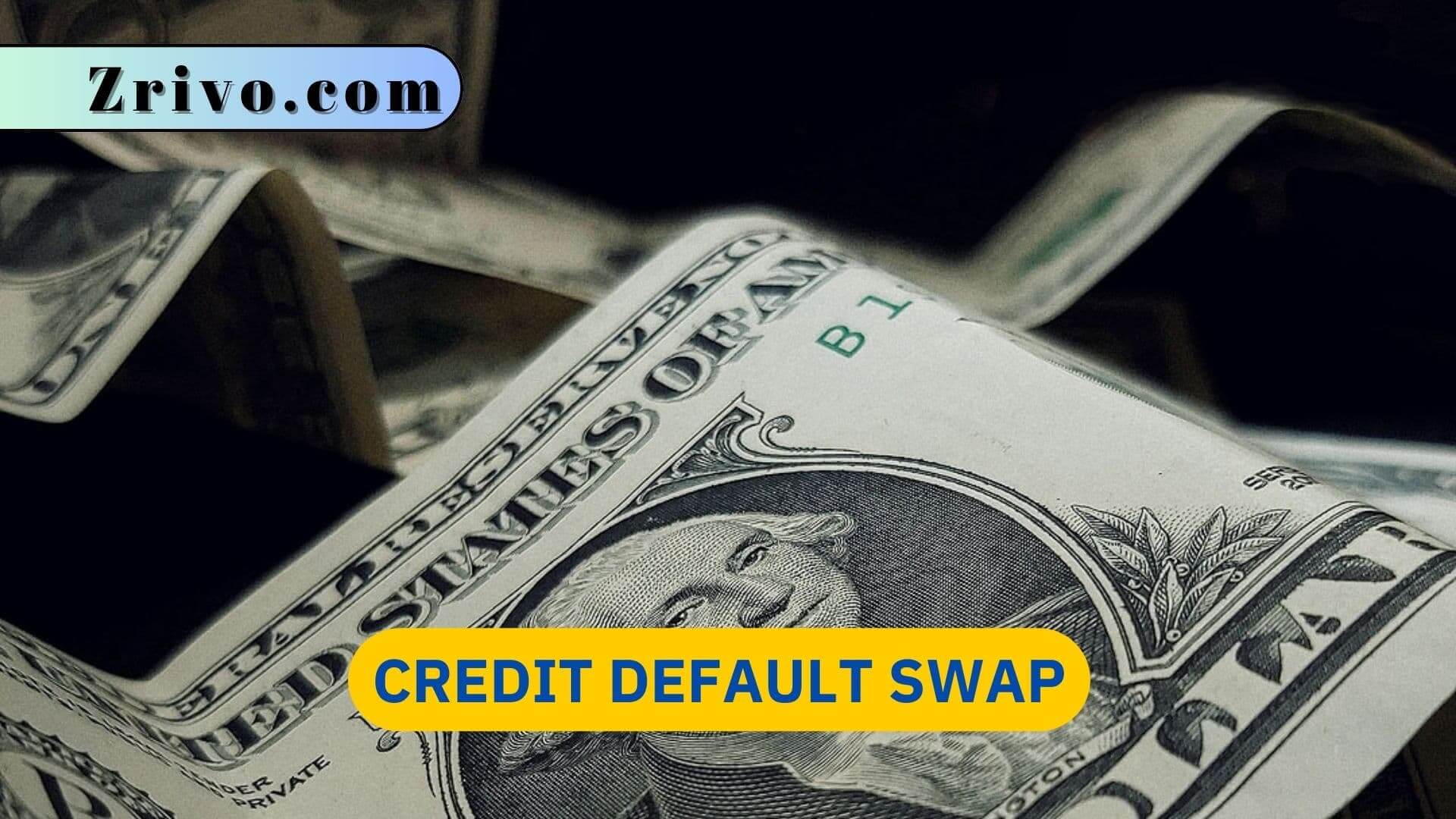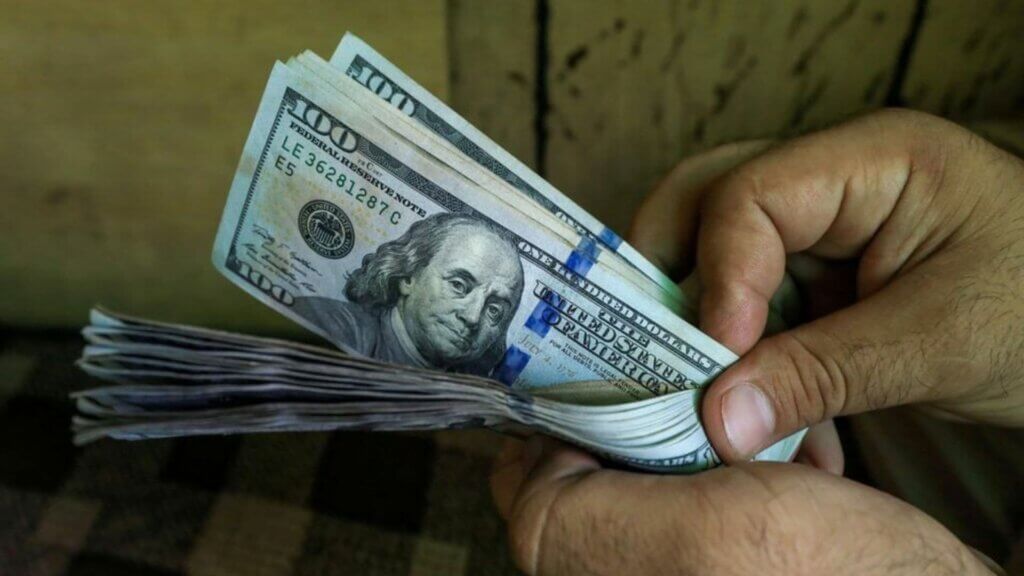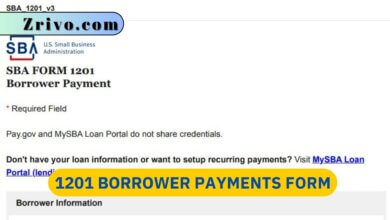Credit Default Swap
Credit default swaps allow investors to mitigate risk in bond investing. However, they are complex instruments and are best suited for institutional investors.

The credit default swap (CDS) market is the engine that drives the credit derivatives market. The global CDS market represents over $10 trillion in gross notional exposure. It is a key instrument in the market for active portfolio management, as it provides an opportunity to gain or hedge exposure to corporate credit. Its sensitivity to changes in credit spreads makes it an important tool for hedging and arbitraging.
In essence, a credit default swap is an agreement between three parties: the buyer, who is typically a bond issuer; the seller, who is typically a financial institution; and the underlying collateral, which is often a bond. The buyer makes a payment to the seller, which is called a premium, throughout the duration of the contract. The seller promises to make a payout to the buyer if the underlying collateral defaults.
Before the financial crisis of 2008, the value of the global CDS market was about $45 trillion – more than invested in the stock market, mortgages, and U.S. Treasuries combined. However, this growth in the CDS market came with significant risks, and many of these were exacerbated by a series of events during the financial crisis. Consequently, the market has undergone significant reforms to reduce risk and improve transparency and resilience.

How Does Credit Default Swap Work?
Credit default swaps (CDS) are financial instruments that transfer risk between parties in exchange for fixed payments. CDS contracts are typically tied to loan instruments, such as municipal bonds or corporate debt. In the case of mortgage-backed securities (MBS), CDSs are designed to protect investors against defaults on loans bundled into MBS.
The buyer of a CDS pays a small, recurring premium to the seller in exchange for the right to be compensated if the underlying loan instrument defaults or is downgraded. The buyer also typically takes ownership of the underlying asset. The seller of the CDS, which usually also owns the credit asset, will make periodic payments to the buyer until the end of the contract or a specified “credit event.” Credit events include defaults, bankruptcy, and downgrades in the credit rating of the underlying debt.
Banks were the first users of credit derivatives, and they used CDSs to protect themselves against losses on their portfolios of largely illiquid loans. These instruments allowed banks to move credit risk off their balance sheets while maintaining relationships with their obligors. The most basic form of a credit derivative is a total return swap (TRS). These are similar to other over-the-counter derivatives and revolve around the cash flows associated with an underlying bond.





